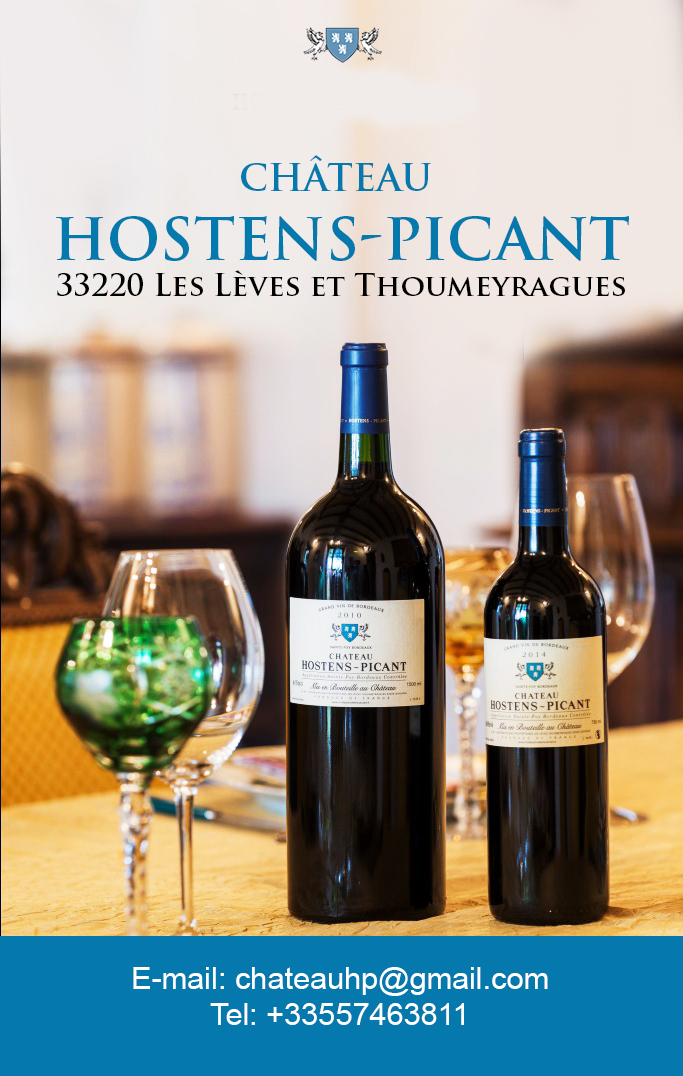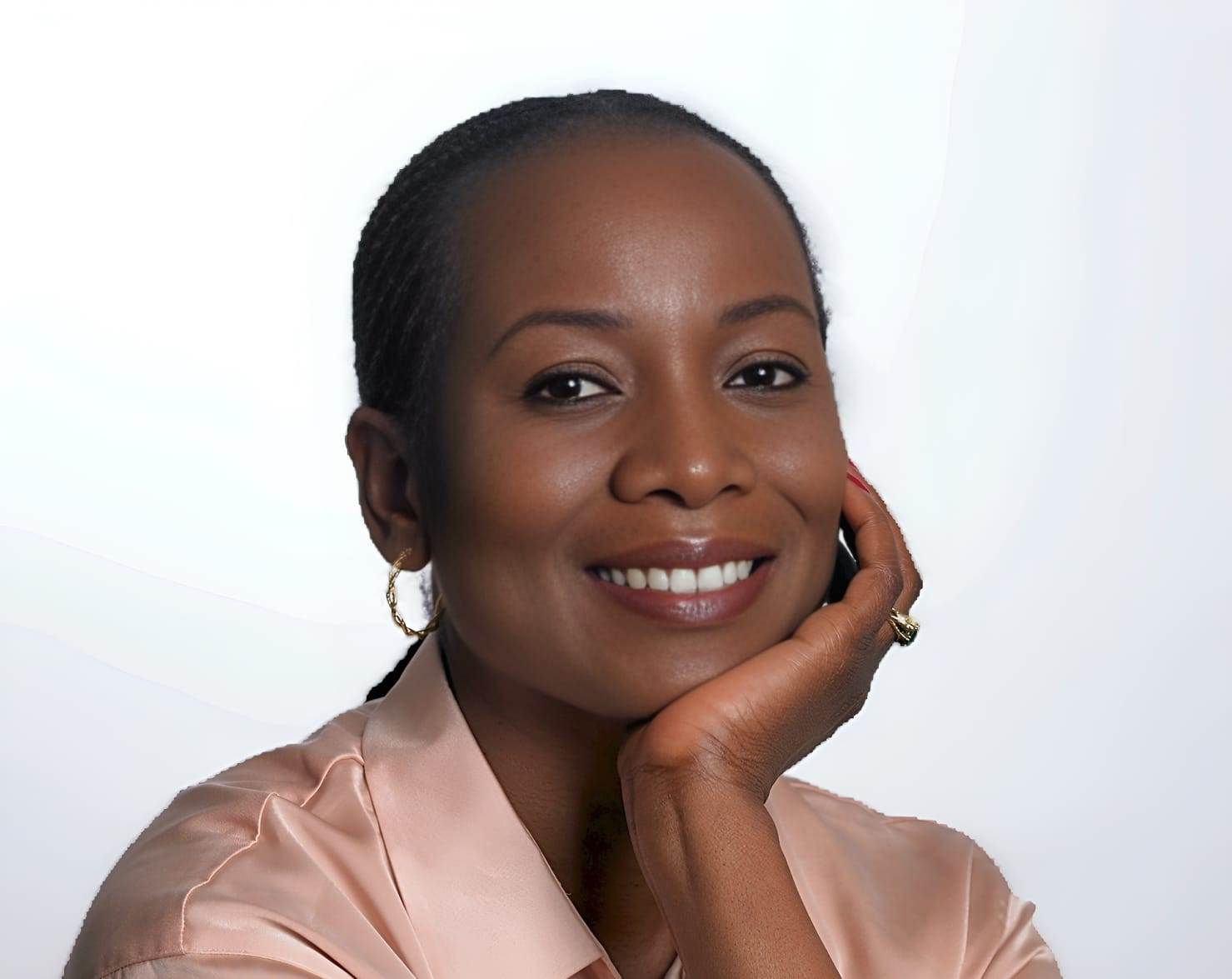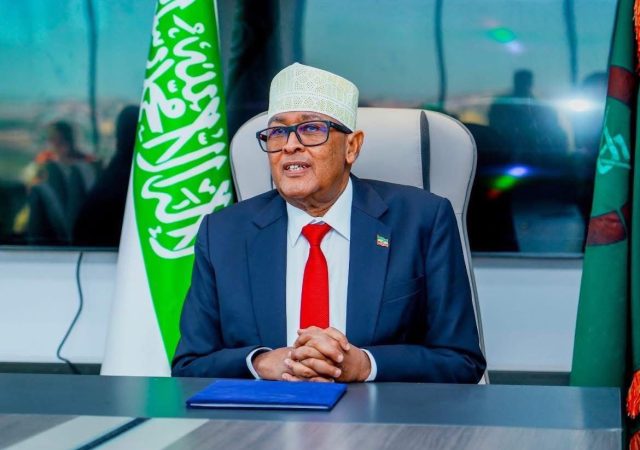
Patricia Inonge Mweene is the Founder and Executive Director of INONGE ZITA – a sustainable gemstone company brand based in Copenhagen, Denmark. Born in Lusaka and raised in Ndola, Zambia, a mining town near the emerald mines of Lufwanyama, Patricia is a leader in promoting local value addition to raw materials at their source. Her innovative framework, “Design Thinking for Extractive Communities,” engages ASM communities in Africa to add value to their natural resources, creating economically viable value chains that lead to sustainable job creation for the youth and women who are disproportionately affected by unemployment. With strategic advisory for corporations and practical guidance in sustainability projects, Patricia is at the forefront of promoting inclusive co-creation for a better future.
In an exclusive interview with Sunday Oyinloye, Publisher, Green Savannah Diplomatic Cable, Patricia speaks about what she’s doing to create wealth and reduce unemployment in Zambia, her organisation’s MoU with the Technical Vocational & Teachers College, Luanshya, Zambia, what African countries can learn from the story of Denmark and other topical issues.
Excerpts:
You grew up in Zambia when Kenneth Kaunda was the President. What can you remember about your country then?
I have fond memories of growing up in Zambia during the Kaunda era. While there were certainly economic and political challenges, the spirit of the Zambian people was always one of resilience and determination to build a better future. Kaunda himself was a charismatic leader who championed African nationalism and the principles of “humanism.” His greatest contribution was making free education accessible to all Zambians. I was inspired by his vision of creating a just society for all and his contribution to the liberation struggle in sub-Saharan Africa.
What is the story behind Design Thinking Africa?
One of Denmark’s biggest exports is design. While studying for my MSc degree in Project Management, I took strategic design management as an elective module. This was around the time I was making jewellery as a hobby. The idea for Design Thinking Africa was born out of my desire to use design as a development tool across the continent to harness the power of design and innovation to solve pressing social and environmental challenges. In Denmark, I see firsthand how design can be a transformative force, whether it is used for creating sustainable jewellery or developing new agricultural technologies. So, I founded Design Thinking Africa as a non-profit organization to harness the creative potential of design to foster sustainable development in the heart of Africa’s extractive communities.
You signed an MoU with the Technical Vocational & Teachers College, Luanshya, Zambia, to introduce Goldsmith and Lapidary training starting from January 2025. What does Zambia stand to gain from this?
The partnership with the Technical Vocational & Teachers College in Luanshya is a crucial step in developing Zambia’s jewellery and gemstone industry. By providing high-quality training in goldsmithing and precision gem-cutting, we can empower a new generation of skilled artisans who can add value to Zambia’s abundant mineral resources. This not only creates economic opportunities for individuals but also helps Zambia capture more of the value within its borders, rather than exporting raw materials. Ultimately, this initiative aims to showcase Zambia’s craftsmanship and design talent to the world.
Zambia is rich in copper, cobalt, gold, silver, and gemstones, but this has not reflected much in the economy of the country. What has gone wrong?
Zambia like many other African countries is still struggling to translate its mineral wealth into broad-based economic development. I believe there are a few key factors at play. First, the legacy of colonial extraction and exploitation has left a lasting impact, with much of the value from mining and other extractive industries flowing out of the country. Second, there has been a lack of investment in downstream processing activities, so Zambia exports raw materials rather than finished products. Addressing these systemic challenges will be crucial for Zambia to truly benefit from its natural riches.
You have lived in Denmark for about 32 years. What can Zambia and other African countries learn from the story of Denmark?
Denmark’s success highlights the importance of investing in human capital, as a skilled and trained workforce is essential for transforming Africa’s natural resources into valuable assets. Additionally, long-term planning is crucial for sustainable development, emphasizing the need for strategic and forward-thinking approaches to ensure lasting progress and prosperity.
Zambia produces cotton, which gives the country an opportunity to have a vibrant textile industry. What are you doing in your small space to promote the fashion sector and bring attention to the abundance of cotton in the country?
The textile industry in Zambia has collapsed partially because we grow cotton as a nation, export it unprocessed, and then import second hand clothes. These second-hand clothes are often cheaper to buy than brand new clothes. Design Thinking Africa is developing an incubator for fashion talent in collaboration with local tailors in Ndola. Our goal is to help build an ecosystem that can add value to Zambia’s raw materials, create skilled jobs, and tell the story of Zambian creativity and craftsmanship to the world.
Give us a picture of Zambia of your dream.
Envisioning the Zambia of my dreams, I see a nation where young people have access to world-class education and training. Entrepreneurs and innovators are empowered to build thriving businesses, and natural resources are managed transparently for the benefit of all Zambians. In essence, it is a land of work and joy, reflecting the spirit of our national anthem:
“Stand and sing of Zambia, proud and free,
Land of work and joy in unity,
Victors in the struggle for the right,
We’ve won freedom’s fight.
All one, strong and free.”
We have won the freedom fight; now, we must win the economic fight.










